
Scientifically speaking, the word “crystal” refers to any solid that has an ordered chemical structure. This means that its parts are arranged in a precisely ordered pattern, like bricks in a wall. The “bricks” can be cubes, pyramids or more complex shapes.
Minerals are solid substances that are found naturally in the ground and can’t be broken down further into different materials. Most rocks are mixtures of different minerals. Virtually all minerals are crystals, but not all crystals are minerals. Some shops sell natural mineral crystals, such as pyrite, which is known as fool’s gold because it looks like real gold. You can also buy showy, human-made crystals such as bismuth, which is a metal that forms pretty crystals when it is melted and cooled.
How do crystals form?
Crystals grow when molecules (groups of atoms held together by chemical bonds) that are alike get close to each other. Chemical bonds form between the molecules, sticking them together. Mineral crystals won’t just start forming spontaneously – they need special conditions and a place for them to grow, called a “nucleation site”. This can be a rough edge of rock, a tiny crack or a speck of dust, where a molecule sticks and starts a chain reaction of crystallisation.
هذه القصة مأخوذة من طبعة Issue 71 من The Week Junior Science+Nature UK.
ابدأ النسخة التجريبية المجانية من Magzter GOLD لمدة 7 أيام للوصول إلى آلاف القصص المتميزة المنسقة وأكثر من 9,000 مجلة وصحيفة.
بالفعل مشترك ? تسجيل الدخول
هذه القصة مأخوذة من طبعة Issue 71 من The Week Junior Science+Nature UK.
ابدأ النسخة التجريبية المجانية من Magzter GOLD لمدة 7 أيام للوصول إلى آلاف القصص المتميزة المنسقة وأكثر من 9,000 مجلة وصحيفة.
بالفعل مشترك? تسجيل الدخول

WE COULD BE HEROES
Meet the young people just like you who are doing amazing things to help save the world.
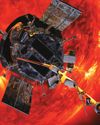
Space probe "touches" the Sun
NASA's Parker Solar Probe made history on 24 December 2024 with the closest-ever approach to the Sun.
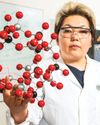
Asel Sartbaeva
Meet the researcher whose work will save lives around the world.

Loch Ness Monster
Can new studies of Loch Ness finally unlock the secrets of Nessie?

Pangolin preservation
Meet the puppy protectors helping to save a threatened animal.
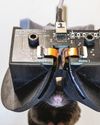
Mice wear VR goggles
Scientists at Cornell University in the US have built virtual reality (VR) goggles for mice.

10-year-old wins award
A woman who had bowel cancer is now cancer-free after receiving a liver transplant.
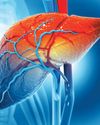
A life-saving liver transplant
A woman who had bowel cancer is now cancer-free after receiving a liver transplant.
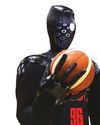
Robot shoots hoops
A robot designed by Toyota Motor Corporation in Japan has broken the world record for the longest basketball shot by a humanoid robot.
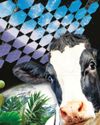
SCIENCE SAVES THE WORLD
Space umbrellas, green sand and garlic milk... Isabel Thomas explores the boldest ideas and wackiest ways to fight climate change and fix the planet.